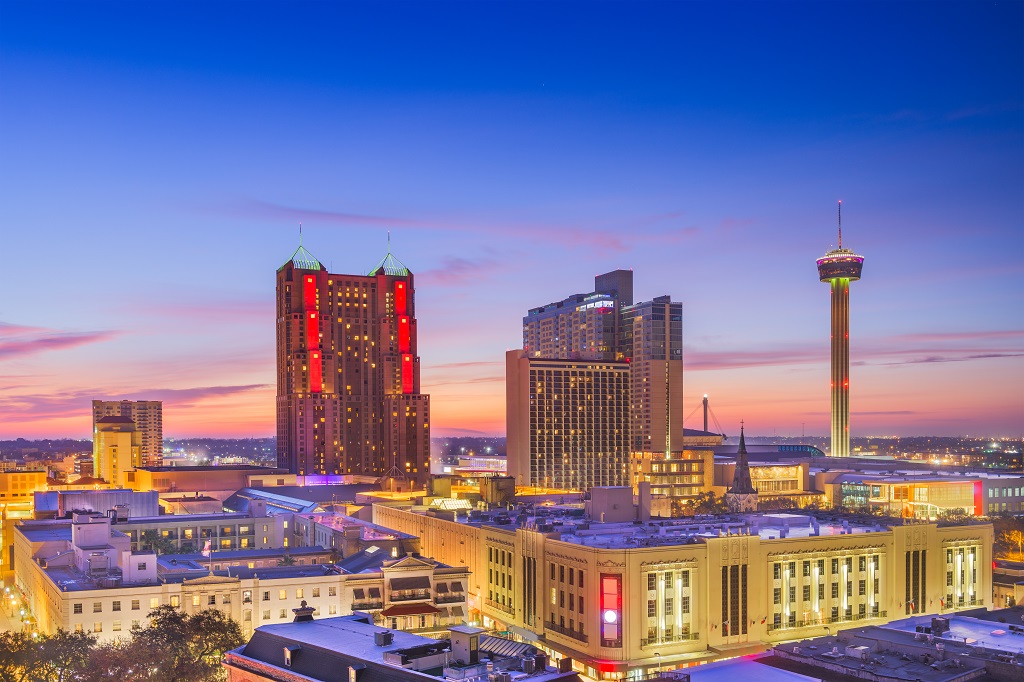What Factors Shaping The Identity Of San Antonio Texas
San Antonio Texas, a city on the banks of the San Antonio River in the Lone Star State, is famous for its historical landmarks, cultural events, and tourist attractions. The Alamo, the San Antonio Museum of Art, SeaWorld, the convention center, and the San Antonio Zoo are among the most popular tourist attractions.
Mixed Cultures Of San Antonio Texas
The history of San Antonio dates back to the seventeenth century. It is a place of great contrasts: a mixture of cultures that have shaped its identity. Its rich heritage is reflected in the countless antebellum homes, Spanish and Mexican architecture, and other architectural styles.
During the nineteenth century, San Antonio experienced rapid growth and modernization as it became one of the most important cities in the nation. The city developed a railroad system that linked it to the rest of the country. It was also an important trading and distribution center for the Western United States, especially after the 1880s. The area’s major industry was cattle ranching and trade.
The City’s Progress & Economic Growth
When a new railroad was built across the San Antonio River in the early twentieth century, it created an opportunity for the city to become a hub of commerce and manufacturing. Companies, including Pioneer Flour Mills, Alamo Iron Works, and Lone Star Brewery opened in the city. In addition, merchandise stores such as Joske’s and department stores such as Sears began to open in the downtown area.
Development Of Its Cultural Heritage
In the 1920s, two architectural and artistic design gems were built in the city: Municipal Auditorium, a Spanish Colonial Revival-style building, and the Majestic Theatre, the first air-conditioned theater in the country. The city’s German population also contributed to the development of San Antonio’s arts and music scene, as many German men’s choruses were formed in the region.
Thriving Tourism Industry
The thriving tourism industry has also helped San Antonio’s economy grow significantly. The city hosts more than twenty million tourists a year. This is primarily due to its famous landmarks, such as The Alamo, the River Walk, and the Henry B. Gonzalez Convention Center, but it is also due to the booming hospitality industry in San Antonio.
A diverse population makes the city an interesting place to live, work and visit. Its residents include many different ethnic groups, as well as a variety of religious denominations. Although the majority of San Antonio’s population is Hispanic, African Americans and Asian Americans also make up a large part of the city’s population. As a result, there is a diverse and active cultural and entertainment scene.
The Rise Of Catholicism
The Catholic Church is an integral part of the city’s culture. Pope John Paul II made a visit to San Antonio in 1987, and many of his predecessors have been known to call it “the heart of the Catholic Church in Texas”. The Catholic community has been instrumental in the development of education and health care. The Archdiocese of San Antonio operates parochial schools throughout the city.
Variety Of Attractions For Visitors
Visitors can enjoy a wide variety of cuisines and shopping experiences, as well as the finest hotels and resorts in Texas. The city is home to a variety of museums and galleries, including the San Antonio Museum of Art and HemisFair Park. The city also has several music, dance, and theatre organizations and a professional symphony.
Point of Interest #1 Casa Salazar Mexican Gifts, 216 E Houston St, San Antonio, TX 78205
Point of Interest #2 Valencia Hotel Group Central Reservations, 222 E Houston St, San Antonio, TX 78205
Point of Interest #3 Majestic Theatre, 224 E Houston St, San Antonio, TX 78205
Driving Directions To Lozano Law Firm From Majestic Theatre





